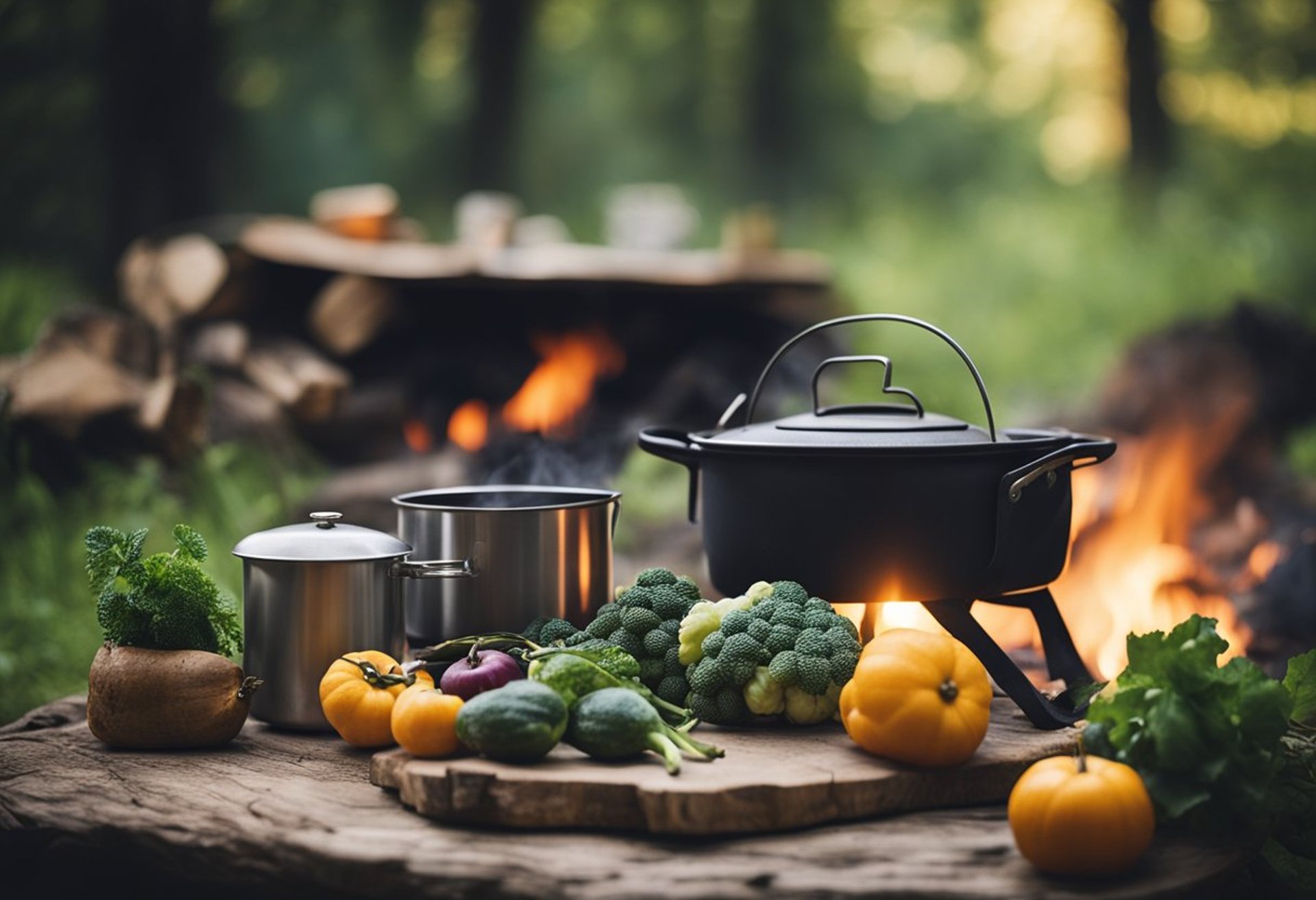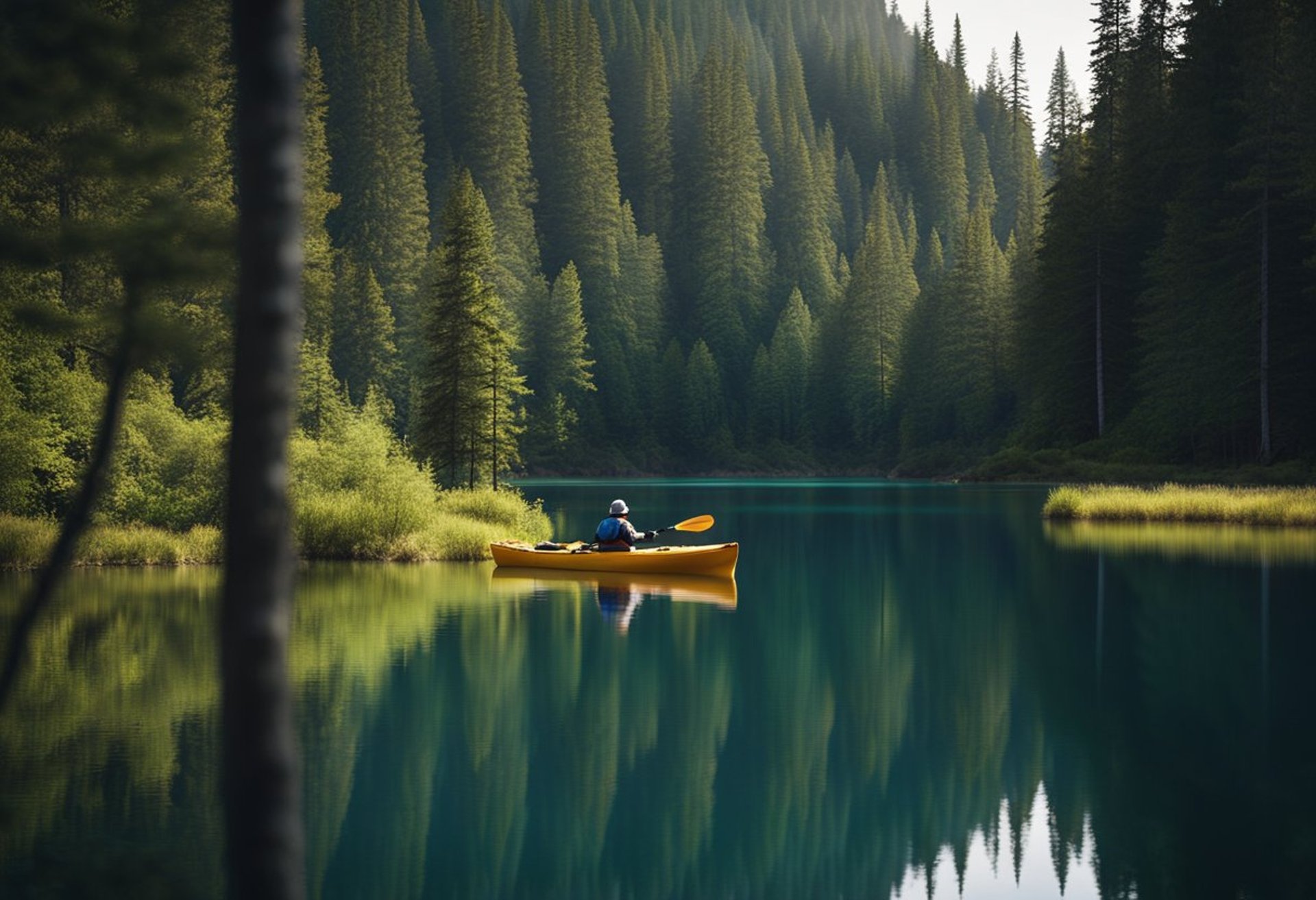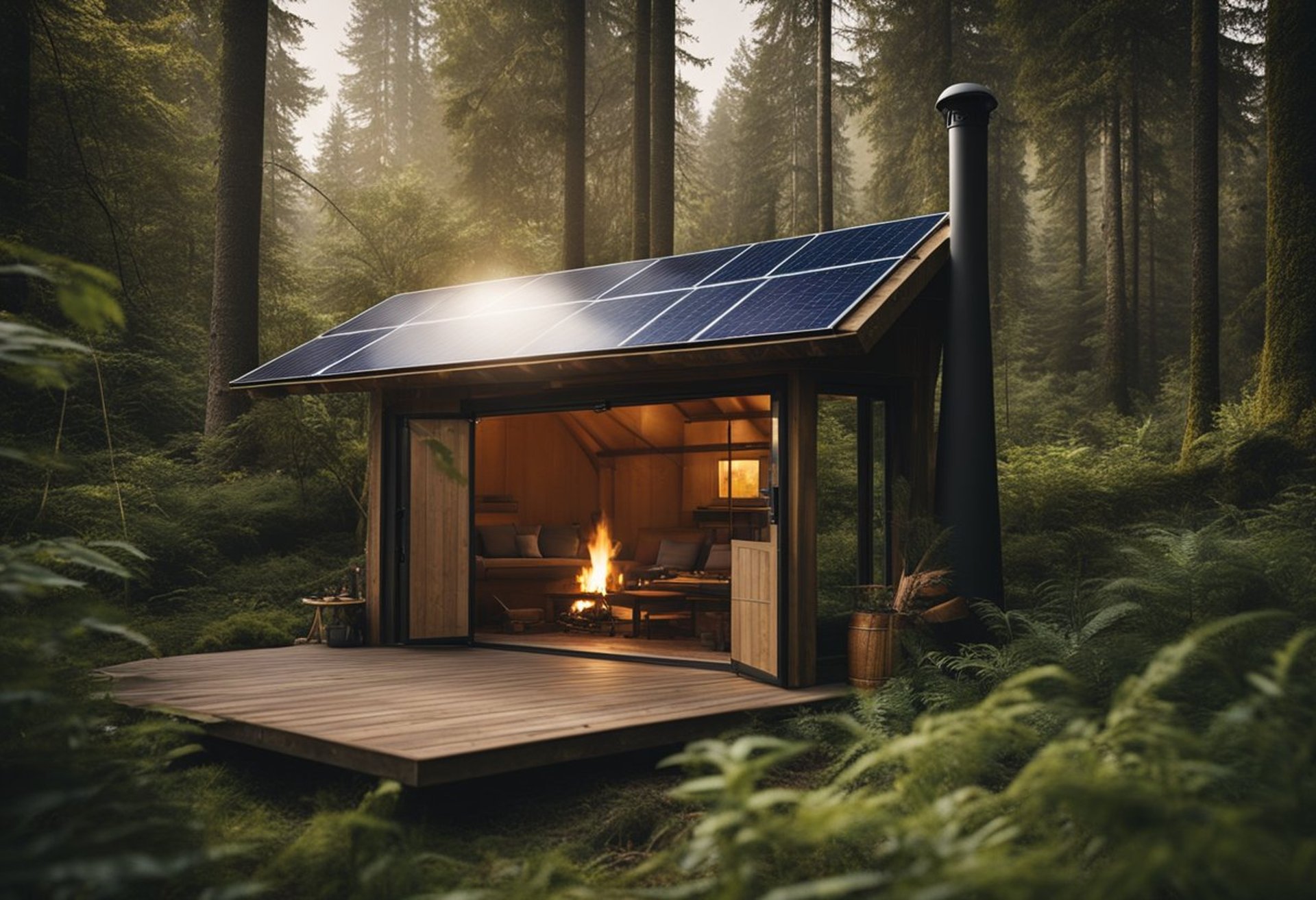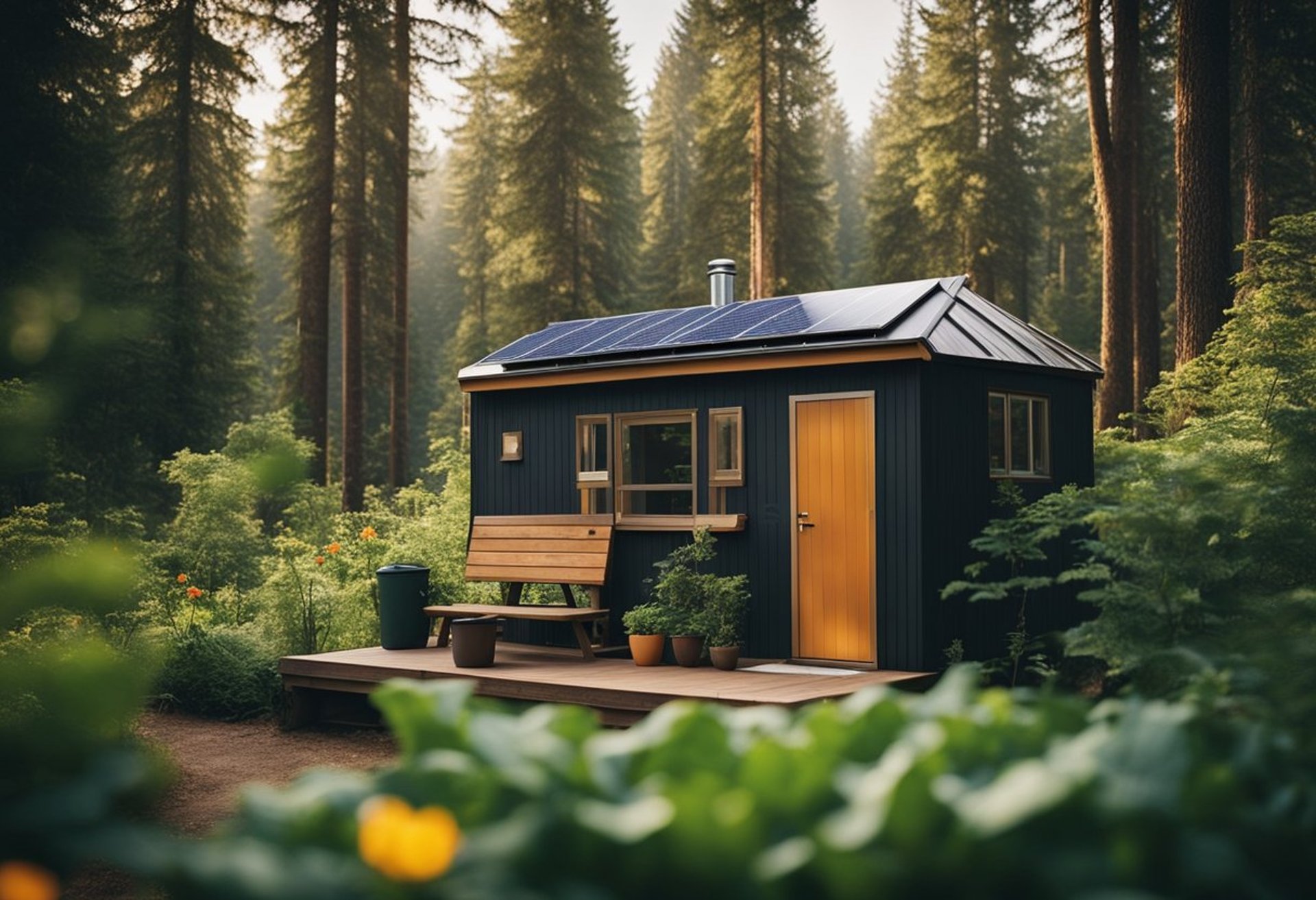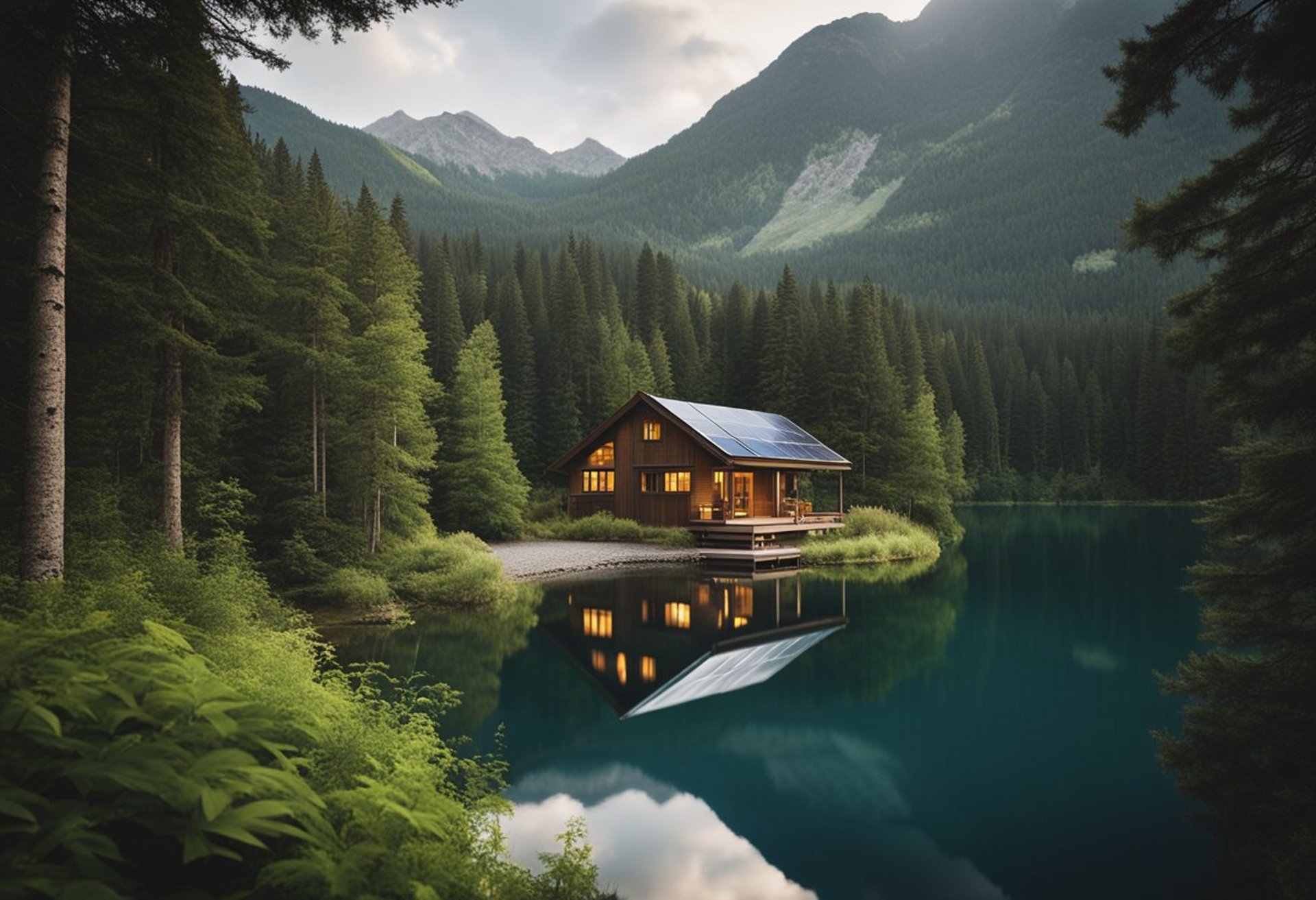Off the Grid Activities: Embrace Nature with Unique Outdoor Adventures
Off-the-grid activities offer people a chance to escape the hustle of modern life and reconnect with nature. These activities can range from building a sustainable shelter to learning how to gather food and water responsibly. Engaging in these pursuits not only promotes self-sufficiency but also enhances an individual's understanding of their relationship with the environment.
Many individuals are drawn to off-the-grid living for a variety of reasons, including environmental concerns, self-reliance, and a desire for adventure. Activities such as hiking, foraging, and practicing sustainable gardening can enrich one's experience in nature while fostering a sense of community. Finding ways to network with others who share similar interests can also deepen the connection to off-the-grid lifestyles.
Exploring off-the-grid activities encourages individuals to embrace simplicity and innovation. By stepping away from conventional living, people can discover fulfilling methods for sustainable living that benefit both themselves and the planet.
Key Takeaways
Off-the-grid living enhances self-sufficiency and environmental awareness.
Engaging in outdoor activities fosters community connections.
Sustainable practices can lead to a more fulfilling lifestyle.
Concepts of Off-the-Grid Living
Off-the-grid living emphasizes independence from traditional utilities and resources. Key elements include sustainability practices and the use of renewable energy to create a self-sufficient lifestyle.
Sustainability and Self-Sufficiency
Sustainability in off-the-grid living focuses on minimizing environmental impact. Techniques include organic gardening, rainwater harvesting, and permaculture. These practices provide food and water while enhancing biodiversity.
Self-sufficiency involves producing one's own energy and resources. Many off-grid dwellers implement practices like raising livestock and preserving food through canning or drying. These efforts reduce reliance on external supply chains, contributing to a more resilient lifestyle.
Renewable Energy Sources
Renewable energy is crucial in off-the-grid living. Common sources are solar panels, wind turbines, and micro-hydro systems. Each option provides energy while reducing carbon footprints.
Solar panels convert sunlight into electricity. They are popular due to decreasing costs and ease of installation.
Wind turbines harness wind energy. They are effective in areas with consistent winds and can provide significant power.
Micro-hydro systems utilize flowing water for energy. They are highly efficient in suitable locations, offering a constant energy source.
Off-the-grid living often combines these renewable sources for consistent power throughout the year.
Off-the-Grid Shelter
Creating a functional and sustainable off-the-grid shelter involves choosing the right building materials and thoughtful design. These elements ensure durability, energy efficiency, and comfort while minimizing environmental impact.
Building Materials
Selecting appropriate materials is crucial for off-the-grid shelters. Options include:
Reclaimed wood: Sourced from old buildings, it reduces waste and offers natural insulation.
Straw bales: Affordable and eco-friendly, providing excellent thermal performance.
Earthbag construction: Utilizes local earth materials, creating durable and weather-resistant structures.
Metal: Lightweight and long-lasting, often used for roofing and siding.
Each material offers unique advantages. Straw bales are great for insulation, while reclaimed wood provides aesthetic appeal. Proper research into local availability can lead to more sustainable choices, enhancing resilience against natural elements.
Design and Architecture
The design of an off-the-grid shelter should maximize natural resources. Attention to orientation can optimize solar gain, reducing reliance on artificial heating.
Passive solar design: Incorporating large windows to capture sunlight is effective in maintaining warmth.
Rainwater harvesting systems: Seamlessly integrated into roof designs can accumulate water for daily use.
Insulated foundations: Help keep temperature stable, further minimizing energy needs.
Open floor plans can create a spacious feel while using natural light efficiently. These design principles contribute to both functionality and comfort, aligning with off-the-grid living goals.
Food and Water
Sustaining life off the grid requires careful planning for food and water. Two key components are effective gardening practices and efficient water harvesting methods, both vital for self-sufficiency.
Gardening and Permaculture
Organic gardening and permaculture practices are instrumental for those living off the grid. They focus on creating sustainable ecosystems that support food production.
Key Elements:
Soil Preparation: Build healthy soil using compost, cover crops, and mulching to retain nutrients and moisture.
Crop Selection: Choose easy-to-grow, high-yield plants such as tomatoes, potatoes, and beans. Companion planting can enhance growth and pest resistance.
Season Extension: Use techniques like cold frames or greenhouses to extend the growing season and maximize yields.
A well-planned garden can provide fresh produce, reducing dependence on outside resources.
Water Harvesting Techniques
Managing water resources is crucial for off-grid living. Implementing effective water harvesting techniques ensures a reliable supply.
Common Methods:
Rainwater Catchment: Collect rainwater from roofs into barrels or cisterns. This can provide an essential water source for irrigation and drinking.
Greywater Recycling: Reuse water from sinks and showers for irrigation. This practice conserves water and benefits plants.
Swales and Contour Plowing: Design land to manage runoff effectively. Swales help retain water while preventing soil erosion.
By employing these methods, individuals can ensure a consistent water supply, essential for both daily living and gardening.
Outdoor and Recreational Activities
Engaging in outdoor and recreational activities provides a chance to connect with nature and recharge. These activities often promote a sense of adventure and self-sufficiency, making them ideal for those living off the grid.
Hiking and Camping
Hiking offers an excellent way to explore diverse landscapes. Trails vary in difficulty, from easy walks to challenging climbs, catering to all skill levels. Essential gear includes sturdy footwear, appropriate clothing, and navigation tools.
Camping complements hiking, allowing individuals to immerse themselves in nature. Selecting the right campsite is crucial; factors to consider are proximity to water sources and shelter from wind. Lightweight tents and sleeping bags designed for varying temperatures enhance comfort. Important supplies include food, cooking equipment, and first aid kits.
Hunting and Fishing
Hunting and fishing provide valuable resources for sustenance and skill development. Both activities require knowledge of local wildlife and regulations. For hunting, it’s necessary to familiarize oneself with hunting seasons and required licenses.
Fishing can be done in freshwater or saltwater environments. Anglers should understand local species, using the appropriate bait and tackle. Techniques such as fly fishing or deep-sea fishing can cater to different experiences. Safety gear like life jackets and weather-appropriate clothing are essential for both activities.
Community and Networking
Building connections within off-the-grid environments is essential for sharing resources, knowledge, and support. Engaging with local communities enhances sustainability and fosters a sense of belonging.
Local Off-the-Grid Communities
Local off-the-grid communities often form around shared values of self-sufficiency and environmental conservation. These groups may include intentional communities, cooperatives, or eco-villages.
Members typically collaborate on projects that focus on sustainable living practices, such as permaculture gardening, renewable energy, and water conservation.
Networking is facilitated through workshops, meetups, and online forums. These platforms allow individuals to exchange tips on achieving independence from conventional utilities.
Participating in local events helps deepen relationships. Strong ties within these communities lead to pooled resources, making it easier to tackle challenges such as food security, security, and education.









